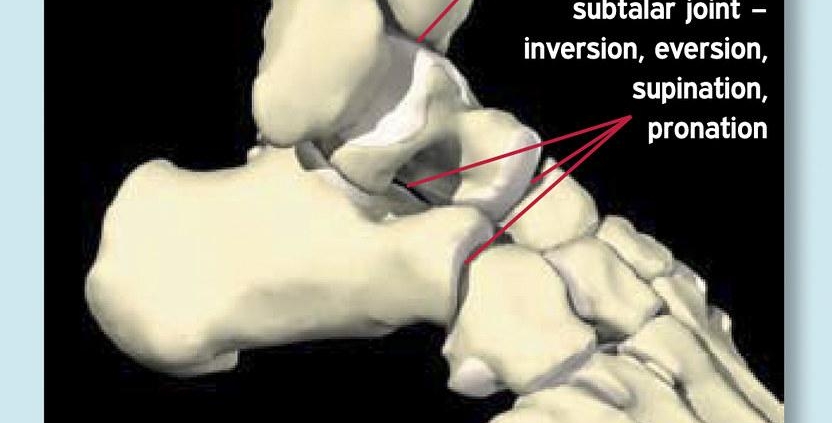
Overview
Ankle anatomy refers to the structure of the ankle joint, which acts as the interface between the foot and the leg. This complex joint is made up of three bones: the tibia, fibula, and the talus. These bones work together, allowing for a range of motion that includes walking, running, and jumping. Understanding ankle anatomy is essential to diagnosing and treating various conditions that affect the ankle.
Types
The ankle is a hinge joint and relies on three different types of structures for its movement and stability: bones, ligaments, and tendons.
1. Bones: The main bones involved in ankle anatomy are the tibia (the inner bone in the lower leg), fibula (the outer bone), and the talus (at the top of the foot).
2. Ligaments: Ligaments are tough bands of tissue that connect the bones. The major ligaments in the ankle are the deltoid ligament, the anterior tibiofibular ligament, and the lateral ligament complex.
3. Tendons: Tendons connect muscles to bones, and the two prominent ones in the ankle are: the Achilles tendon, which connects the heel bone to the calf muscle, and the posterior tibial tendon, which supports the arch of the foot.
Causes
Injury or overuse can cause various conditions affecting the ankle. Walking or running on uneven surfaces, accidents, falls or sports injuries can cause sprains, fractures or strains. Age, obesity, or certain diseases like arthritis or gout can also contribute to ankle issues.
Symptoms
Several symptoms can indicate problems with the ankle:
– Pain or discomfort, ranging from mild to severe
– Swelling or inflammation
- Difficulty walking or bearing weight
– Unusual warmth, redness, or bruising
– Stiffness or reduced range of motion
Diagnosis
To diagnose any ankle issue, a doctor would generally conduct a physical examination, checking the range of motion, stability, and presence of any swelling or pain. Imaging tests like X-rays, MRI, or CT scans may also be employed to get a detailed view of the bones and surrounding tissues.
Treatment Options
Treatment options depend on the severity and type of the ankle condition. They may include:
1. Conservative approach: Rest, ice, compression, and elevation (commonly referred to as RICE method), pain relief medications, braces or splints, and physical therapy.
2. Surgical treatments: Severe or persistent cases might require surgery, which may involve repairing or rebuilding damaged structures within the ankle, such as broken bones or torn ligaments.
Living With Ankle Anatomy
Understanding your ankle anatomy and its importance to overall body movement will allow you to better manage any ankle condition:
– It’s crucial to maintain a healthy weight to prevent undue stress on your ankles.
– Regular, low-impact exercise can help keep the ankle joint flexible and strong.
– Adequate footwear that supports the ankle can be beneficial.
– Warm up before starting a rigorous physical activity to avoid injuries.
When to Seek Help
Seek immediate medical attention if:
– You can’t walk or bear weight on your foot.
– You have severe pain or swelling.
– Your injury is accompanied with fever, redness, or heat around the area, as these are signs of infection.
Understanding your ankle anatomy enables you to make informed decisions about your healthcare, facilitating quicker recovery and optimal mobility. Always consult with a medical professional for accurate diagnosis and treatment.
